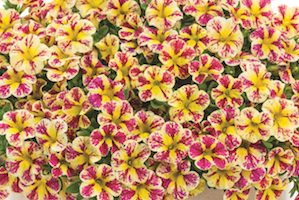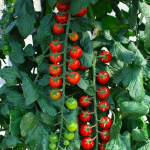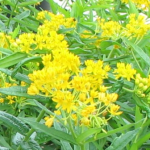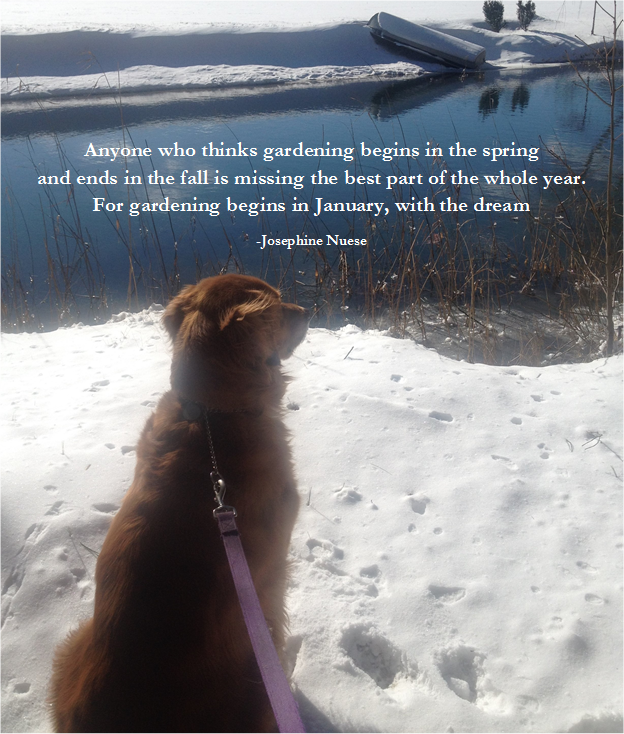Birds are amazing animals. Baby birds emerge from eggs by cutting their way out of the shells. Most are born blind and without feathers, but by the time they’re a month old, they are covered with thousands of soft, colorful feathers. They eat with sharp bills, yet they have no teeth. Perhaps the most amazing thing about birds is that they can fly! Birds can be fun to watch so consider inviting them to live in your own backyard by providing cover, food, and water.
Cover All birds need places to build their nest and provide protection. The best backyard habitats for birds have plenty of greenery such as trees, shrubs, and flowers. In addition to bird houses, trees, shrubs and flowers are perfect places for birds to build their nests and raise their babies. Birds will use the greenery to hide from predators. They may take cover in the plants to keep warm and dry from rain and snow.
Feed While providing shelter, many trees, shrubs, and small plants also supply backyard birds with a smorgasbord of food such as insects, berries, fruits, and nuts. Feeders are easy to make out of plastic soda bottles and milk jugs (They make great seed scoops too when you cut out the bottom!). Many unique feeders are available for purchase from local garden centers. If you give the birds several kinds of feeders, placed in different locations, you’ll have more backyard visitors. So consider hanging feeders, tree-trunk feeders, ground feeders, table-top feeders, and/or staked feeders. There are also different feeds to offer. Many bird eat only insects which they will find within the yard’s greenery. Others enjoy seed, suet and fruit.
Water Birds, like people, need water for drinking and bathing. Clean healthy feathers are crucial for flying. To care for their feathers, birds must bathe often. After bathing, they clean their wet feathers by combing them with their bills. You can give the birds the water they need by setting up a birdbath. Any kind of birdbath is good for birds, but if you provide one with moving or dripping water, the birds will like it even more. Try to place the birdbath by greenery so that the birds will feel comfortable drinking and bathing. The water should be changed or refreshed regularly and the pan should be scrubbed clean once a week. Wondering what to do about water in the winter? Consider warming the water in your birdbath or pond with a heater. On very cold days, a heater will keep the water from freezing over. Visit your local garden center for a beautiful selection of birdbaths and fountains. And remember, in the fall, they are stocked with heaters too.
One of the wonderful things about inviting birds to your backyard is that so many different kinds of birds will come. And the kinds of birds will change with the seasons. So hang a house among the greenery, fill a feeder, and keep the water flowing! You may just see masses of cardinals, chickadees, finches, hummingbirds, jays, robins, sparrows and more move through! Happy backyard bird watching!











